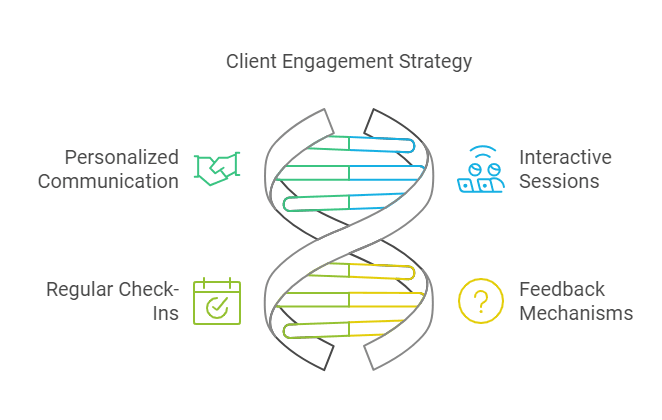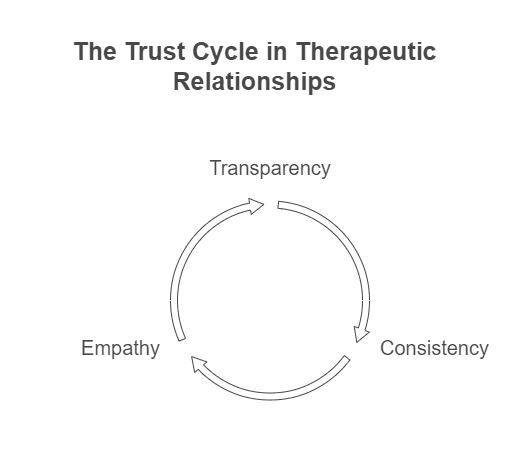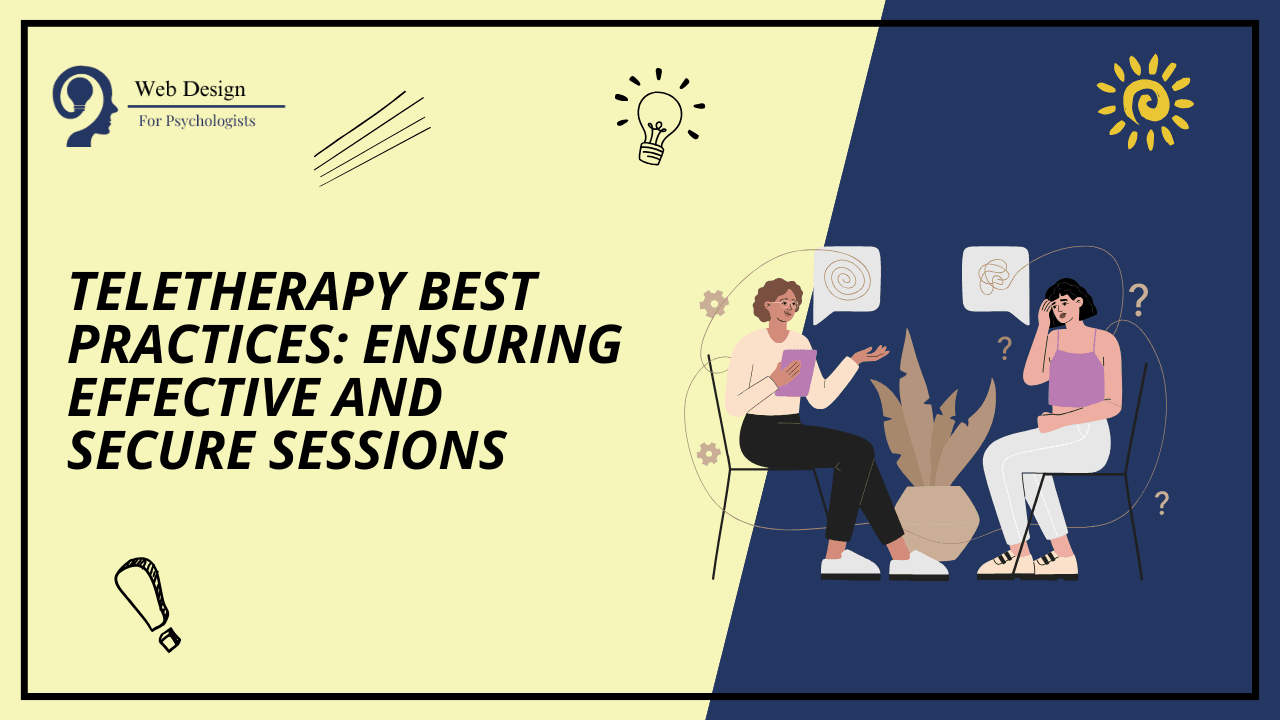In today’s fast-paced digital world, therapists and mental health professionals face unique challenges when it comes to maintaining meaningful client engagement. The transition to online platforms has opened up new avenues for interaction but also requires innovative strategies to foster strong relationships with clients. This article delves into effective client engagement strategies, focusing on enhancing client interaction online, tools to improve client engagement in therapy, and building trust with clients through digital platforms.
Understanding Client Engagement Strategies

Client engagement is a crucial component of successful therapy. It involves actively involving clients in their therapeutic journey by creating a collaborative environment where they feel heard, valued, and motivated to participate fully in their treatment plans. In the digital age, this means leveraging technology to maintain and enhance these connections.
Enhancing Client Interaction Online
1. Personalized Communication
– Personalization is key when interacting with clients online. Address them by name in communications and tailor your messages based on previous interactions or specific needs.
– Implement automated email systems that allow you to send personalized follow-ups after sessions or share relevant resources tailored to individual client concerns.
2. Interactive Sessions
– Utilize video conferencing tools that offer interactive features such as screen sharing or virtual whiteboards during sessions.
– Encourage active participation by asking open-ended questions and allowing space for reflection within the session structure.
3. Regular Check-Ins
– Schedule regular check-ins via email or messaging apps between formal sessions to maintain continuity of care.
– Use these touchpoints not only for administrative purposes but also as opportunities for informal support and encouragement.
4. Feedback Mechanisms
– Create channels for feedback where clients can express their thoughts about the process anonymously if preferred.
– Regularly review this feedback and make necessary adjustments to your approach based on constructive criticism received from clients themselves.
Tools to Improve Client Engagement in Therapy

1. Teletherapy Platforms
– Choose teletherapy platforms that are user-friendly while offering robust security measures ensuring confidentiality (e.g., Zoom Healthcare, Doxy.me).
– Look for features like session recording options (with consent), integrated scheduling systems, billing functionalities which streamline processes enhance overall experience both therapist &client alike .
2 .Mobile Apps For Mental Health Support
– Recommend mobile applications designed specifically mental health support complement therapeutic work done during sessions .
– Examples include mindfulness meditation apps , mood tracking journals cognitive behavioral therapy exercises accessible anytime anywhere empowering individuals take charge own progress outside traditional settings .
3 .Digital Assessment Tools
– Incorporate digital assessment tools gather valuable insights into client’s progress over time without overwhelming them paperwork .
– These assessments can be conducted pre-session providing baseline data inform treatment planning discussions more effectively engaging way than standard forms
4 .Online Community Forums/Support Groups
– Facilitate access moderated forums/support groups where peers share experiences advice coping mechanisms related common issues faced daily basis
– Encourages sense belongingness reduces feelings isolation often experienced those undergoing similar struggles alone
5 .Virtual Reality Therapy Sessions(VRTS)
— Explore emerging technologies like VR headsets simulate real-life scenarios practice coping skills safe controlled environments
— Offers immersive experiential learning opportunities particularly beneficial treating phobias PTSD anxiety disorders among others
Building Trust With Clients Through Digital Platforms

Building trust remains at heart every therapeutic relationship regardless medium used deliver services:
1) Transparency: Be upfront about how data will handled stored ensure complete transparency regarding privacy policies terms use associated third-party applications employed throughout course treatment plan implementation stages involved therein;
2) Consistency: Maintain consistent communication patterns adhere agreed-upon schedules demonstrate reliability dependability fostering deeper levels trustworthiness perceived authenticity genuine concern welfare wellbeing respective clientele served under guidance supervision provided therein;
3) Empathy Compassionate Listening Skills : Demonstrating empathy actively listening concerns expressed validating emotions conveyed critical establishing rapport mutual respect understanding shared goals objectives sought achieved collaboratively together over duration entire therapeutic journey embarked upon jointly undertaken collectively pursued wholeheartedly committed towards achieving desired outcomes envisioned initially conceptualized ideated planned strategized accordingly beforehand prior commencement initiation thereof subsequently thereafter followed suit accordingly thereafter proceeded forthwith henceforth onward continued perpetually indefinitely until fruition realization




